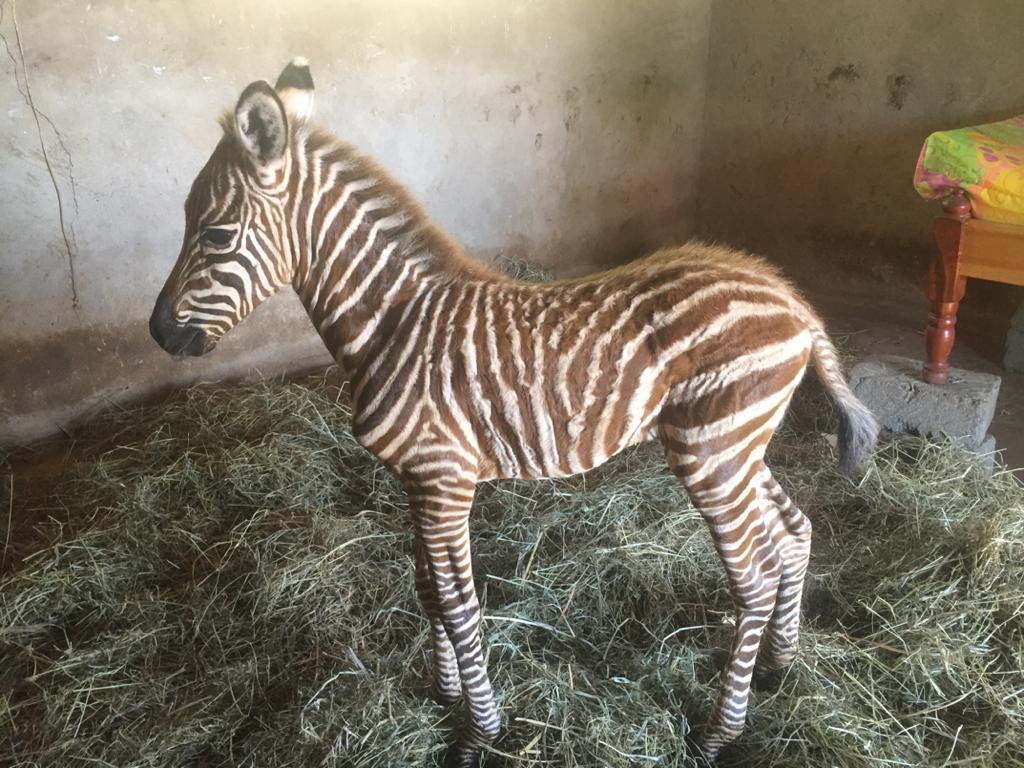The Sheldrick Wildlife Trust in Nairobi, Kenya, was presented with the heartbreaking case of an orphaned baby zebra that had lost his mother. Overcoming that loss and gaining the zebra foal’s trust was aided by an innovative solution; the workers at the trust donned a zebra-patterned coat to give the sanctuary’s new adorable striped addition a sense of familiarity as the humans cared for him.

Courtesy of The David Sheldrick Wildlife Trust





